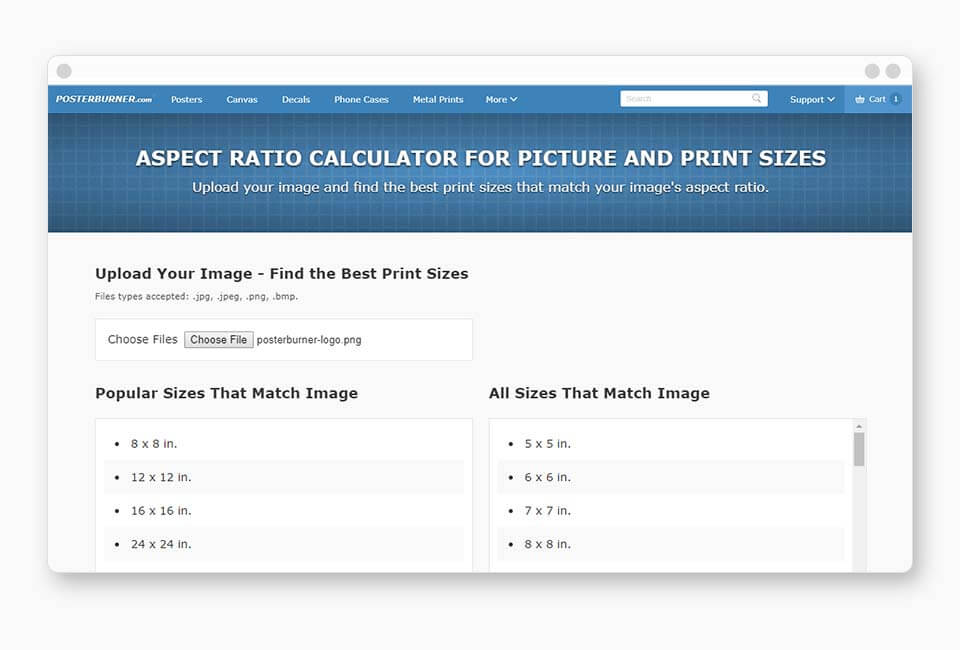

IM has always tried to provide options to give you To what you actually want out of the resize process.īecause there is no 'best' or 'perfect' way, there are a lot of options that It can modify images in veryĭetremental ways, and there is no 'best way' as what is best is subjective as However resizing images can be a tricky matter. But while the actual image pixels and colorsĪre modified, the content represented by the image is essentially left The content of the image is then enlarged or more commonly The most obvious and common way to change the size of an image is to resize or Pixels per real world length), that is more a product of how the image isĮventually used, and not a true concern of Direct Image Processing. Note that while this is related to the resolution of an image (number of Remains intact and whole, but individual points of color merged orĮxpanded to use up a smaller/larger canvas area. We look at enlarging and reducing images in various ways. Resampling by Nicolas Robidoux (separate section) Resizing Line Drawings Resize/Resampling Filters (separate section).Sharpen Resized Images - Photoshop Resize.Summary of Resizing using different colorspaces.Resizing with Colorspace Correction * * *.Distort vs Resize - orthogonal vs cylindrical.

Liquid Rescale - Resize using Seam Carving.Interpolative Resize - resize using interpolation method.Adaptive Resize - Small resizes without blurring.Magnify - double images size by "pixel scaling".Sample - Resize by row/column replication/deleting.Resample - Changing an images resolution.Thumbnail - Resize with profile stripping.Pixel Count Limit (' During Image Reading Other Specialised Resize Operators.


 0 kommentar(er)
0 kommentar(er)
